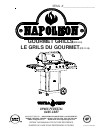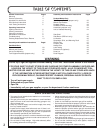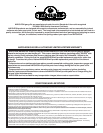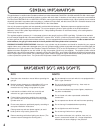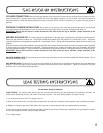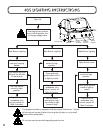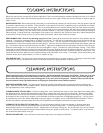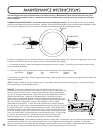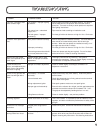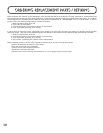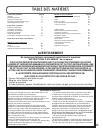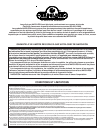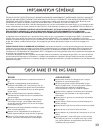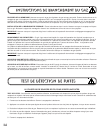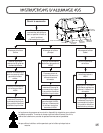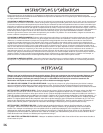Special offers from our partners!

Find Replacement BBQ Parts for 20,308 Models. Repair your BBQ today.
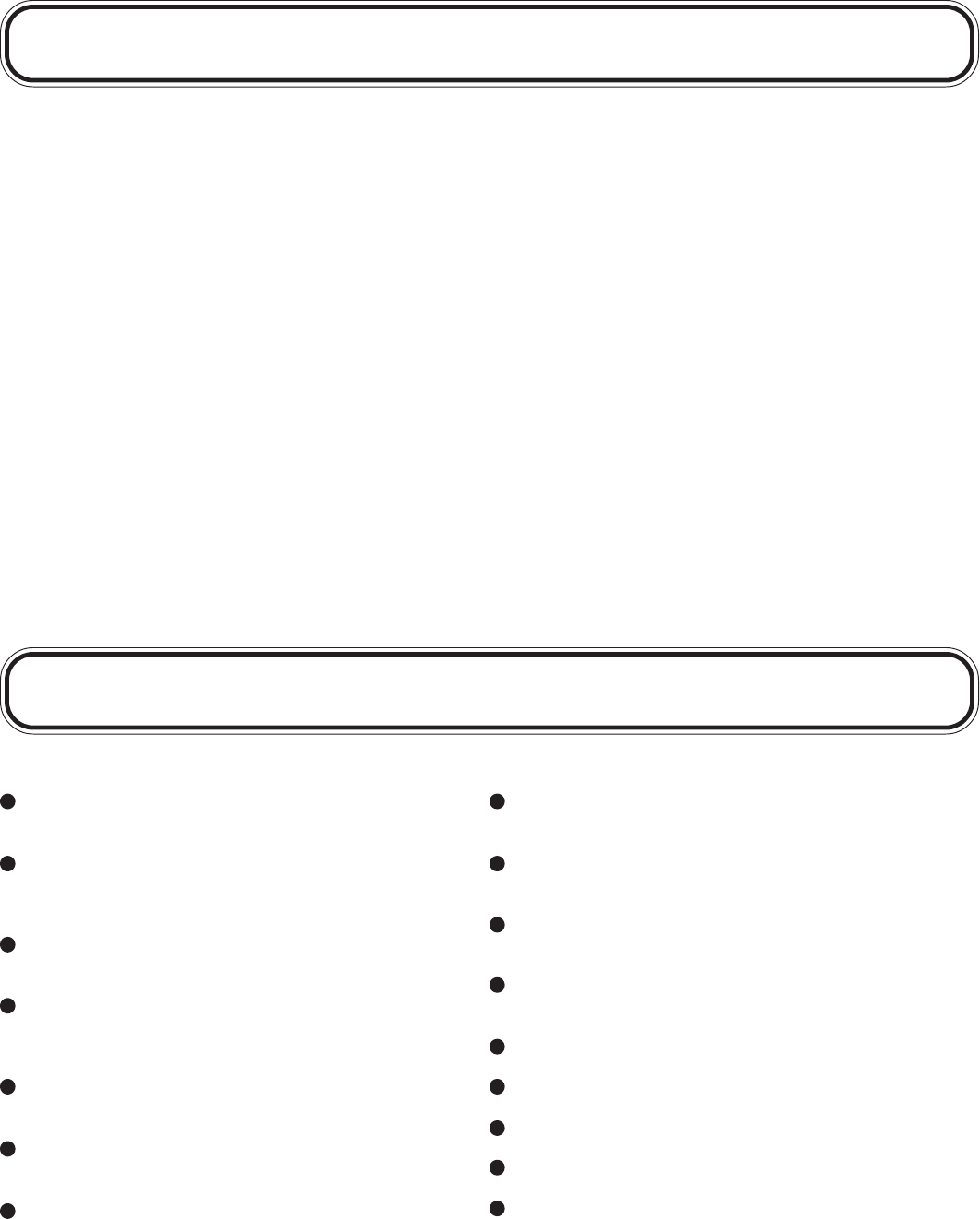
4
IMPORTANT DO'S AND DON'TS
DO'S
DON'TS
GENERAL INFORMATION
Read the entire instruction manual before operating the
gas grill.
Maintain proper clearance to combustibles (20" to rear
of unit, 6" to sides). Additional clearance is recom-
mended near vinyl siding or large panes of glass.
Leak test the unit before initial use, annually and
whenever any gas components are replaced.
Follow lighting instructions carefully when operating
grill. Burner controls must be off when turning supply
cylinder valve on.
Ensure sear plates are positioned properly according to
sear plate installation instructions.
Clean grease tray and sear plates regularly to avoid
build-up which may lead to grease fires.
Remove warming rack before lighting rear burner. (The
extreme heat will damage the warming rack.)
Do not attempt to use a tank which is not equipped with a
QCC-1 type connection.
Do not route hose behind front leg - hose must run
around front side of leg.
Do not use condiment tray to store lighters, matches or
any other combustibles.
Do not locate unit under unprotected combustible
construction.
Do not operate rear burner with main burners operating.
Do not leave grill unattended when operating.
Do not light burners with lid closed.
Do not move grill when hot or operating.
Do not allow cold water (rain, sprinkler, hose, etc.) to
come in contact with heated unit. A large temperature
differential can cause chipping in the porcelain.
This gas barbecue is certified under Canadian andAmerican national standards, CAN/CGA-1.6b-2002 andANSI Z21.58b - 2002 respec-
tively for outdoor gas grills and should be installed to conform with local codes. In absence of local codes, install to the current National
Fuel Gas Code CAN/CGA-B149.1 or ANSI Z223.1/NFPA54, natural gas and propane installation code. When installed, the unit must be
electrically grounded in accordance with local codes or, in absence of local codes, with the current CSAC22.1 Canadian electrical code
in Canada or the National Electrical Code, ANSI/NFPA 70 in the United States.
Use only the pressure regulator and hose assembly provided with this barbecue. Replacement pressure regulators and hose
assemblies must be specified by the manufacturer. Do not store propane cylinder or spare cylinder on the shelf beneath the
barbecue. Never fill the cylinder beyond 80 percent full. If the preceding information is not followed exactly, a fire causing death or
serious injury may occur.
The regulator supplies a pressure of 11 inches water column to the gas grill and has a QCC1 type fitting. Cylinders to be used with
this unit must be supplied with a Sherwood #3349 QCC1 cylinder valve. A QCC1 cylinder has a positive seating connection, which will
not allow gas flow until a positive seal has been achieved. It is also equipped with an excess flow device. In order to attain full flow
to the barbecue, the gas grill valves must be in the off position when the cylinder valve is turned on.
PROPANE CYLINDER SPECIFICATIONS: A dented or rusty cylinder may be hazardous and should be checked by your propane
supplier. Never use a cylinder with a damaged valve. Use only a propane supply cylinder constructed and marked in accordance with the
specifications for LP-gas cylinders of the Canadian Transport Commission (CTC) or the US Department of Transportation (DOT). This
appliance has been designed for use with a 20lb. (9.1 kg) size propane cylinder only (not supplied). The propane cylinder must be
provided with a shut-off valve terminating in a propane cylinder valve type QCC1, and a safety relief device having direct communication
with the vapour space of the cylinder. The cylinder supply system must be arranged for vapour withdrawal and the cylinder shall include
a collar to protect the cylinder valve. The cylinder shall incorporate a listed OPD (overfill protection device).



